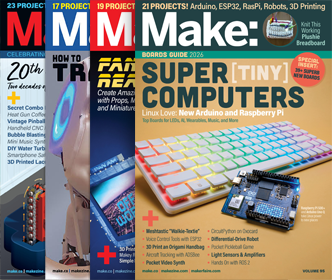How-To: Trap lightning in a block
Science bad boy Theo Gray shows you how to create lightning bolts in a piece of acrylic. OK, so you need the juice of a five-million-volt particle accelerator to get the effect seen here (via the Kent State Neo Beam’s Dynamitron): With the Dynamitron – rented for the day – adjusted to around three million […]



